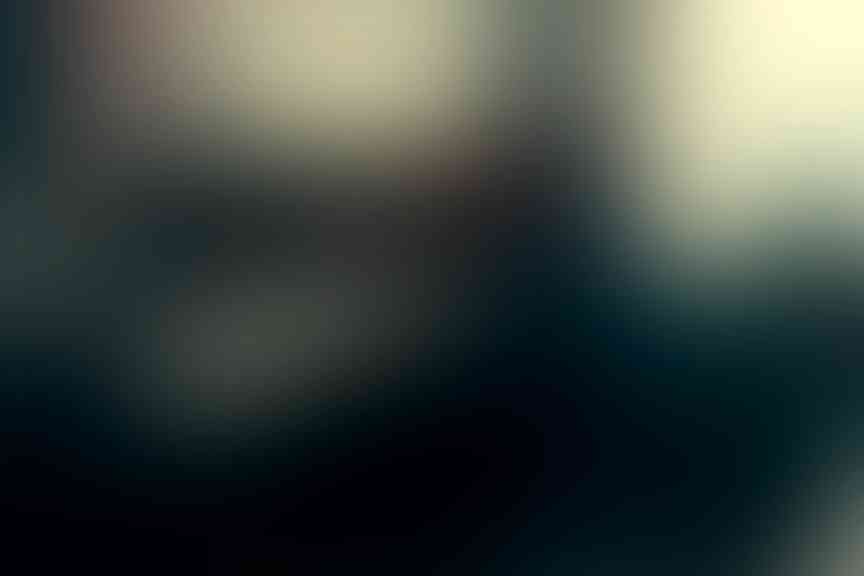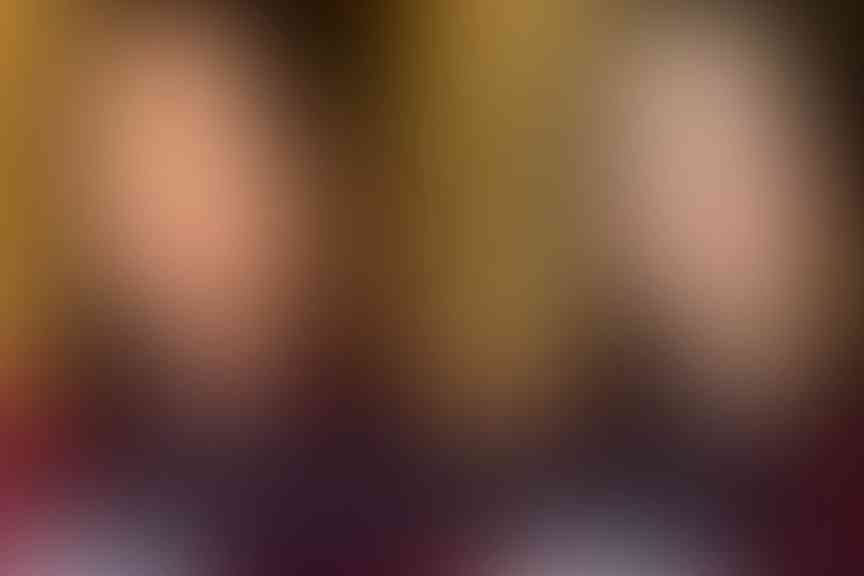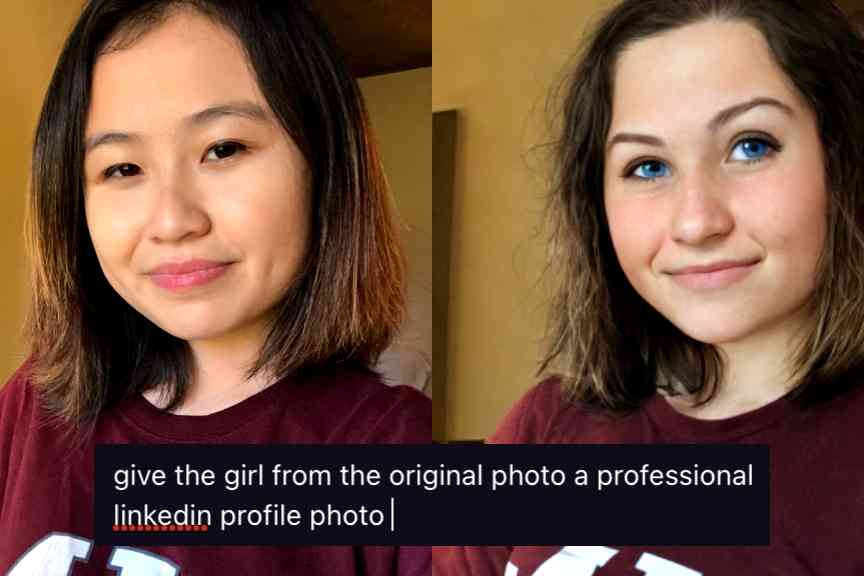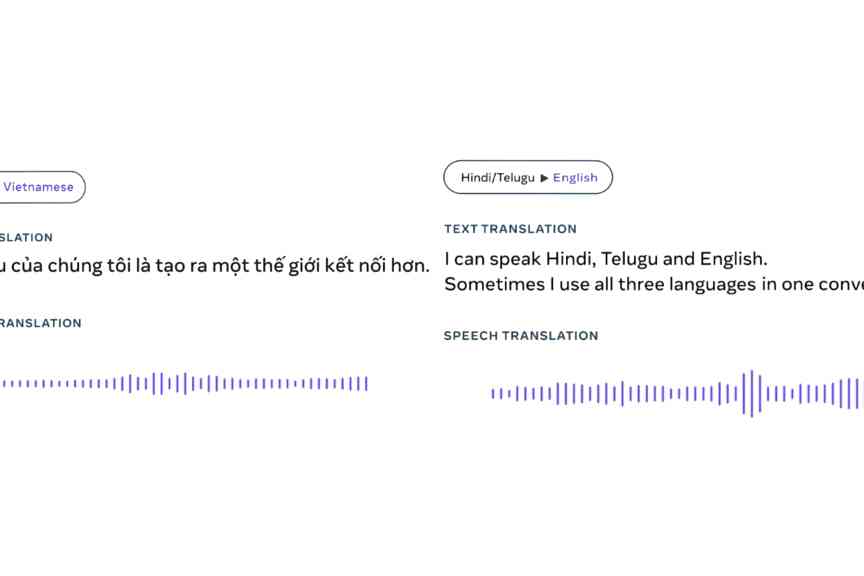AI revives ancient Chinese practice of checking tongue to diagnose diseases
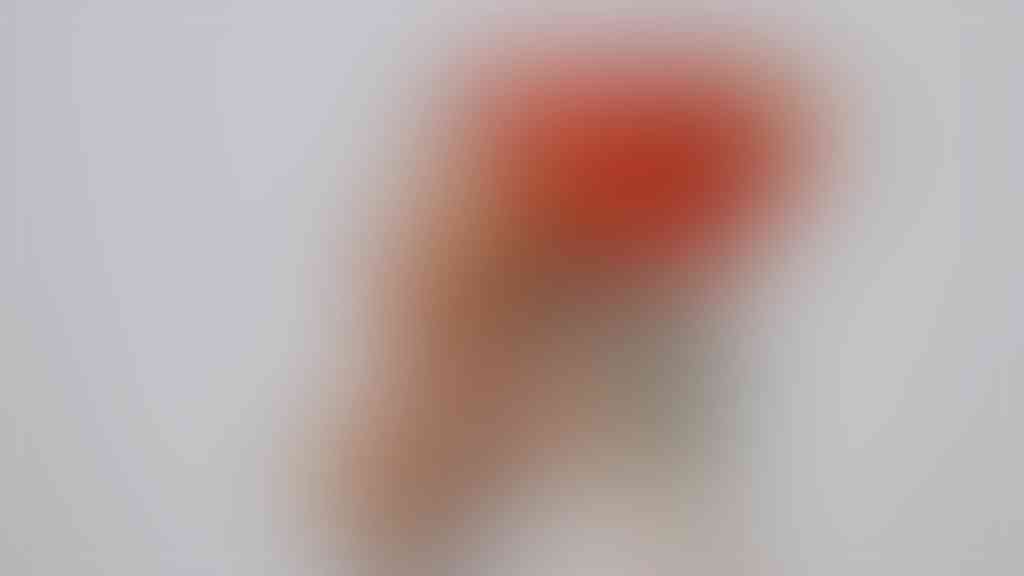
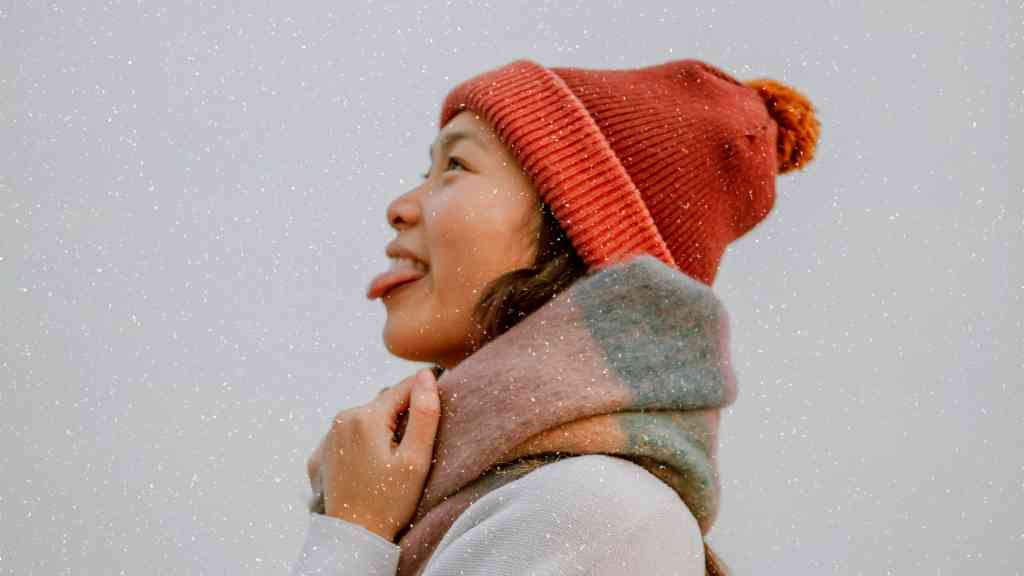

By Carl Samson
October 20, 2023
Artificial intelligence is backing the accuracy of the ancient Chinese medical practice of looking at a patient’s tongue to diagnose diseases, a new study shows.
What the ancient Chinese did: Chinese herbalists dating back to 2,000 years ago examined people’s tongues for signs of disease. They believed that the tongue’s color, shape and thickness can indicate various medical conditions.
A yellow tongue is reportedly typically seen in diabetics, while a purple tongue with a thick, greasy coating is often seen in cancer patients. Those with a red, crooked tongue likely suffer from acute stroke.
What the study found: Using a computer and USB web camera, researchers from Middle Technical University (MTU) in Baghdad and the University of South Australia (UniSA) captured images of the tongues of 50 patients with conditions such as anemia, diabetes and renal failure and compared them with a database of 9,000 tongue photos. Then, using image processing techniques, the researchers managed to diagnose 94% of the patients’ diseases accurately.
What’s next: The resulting high accuracy suggests the efficiency of the ancient Chinese practice. Researchers say there is potential for further refinement.
“It is possible to diagnose with 80% accuracy more than 10 diseases that cause a visible change in tongue colour. In our study we achieved a 94% accuracy with three diseases, so the potential is there to fine tune this research even further,” said MTU and UniSA Adjunct Associate Professor Ali Al-Naji.
Modern technologies can also expedite the communication of diagnostic results. In the study, a voicemail was sent to the patients or their nominated health providers specifying the tongue color and the associated disease.
Share this Article
Share this Article
